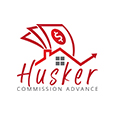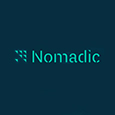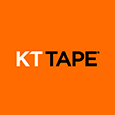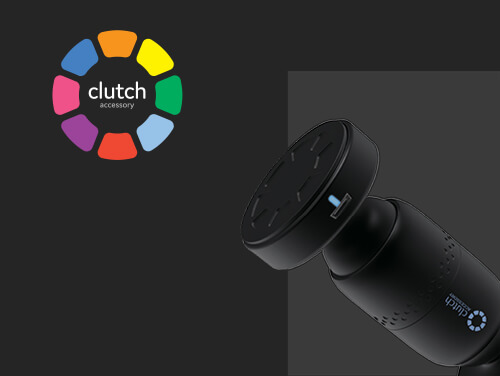
BEST RATED DIGITAL MARKETING AGENCY Austin, TEXAS
(with no contracts, no commitments)
Scroll down

 Back
Back
Brand Strategy & Positioning
Combining forward-looking market segmentation with behavioural analytics along with a better understanding of customers is the future of brands. Rising above the clutter without breaking the bank is how intelligent brands are built in today's challenging economic conditions.
Web & Mobile Design and Development
Companies that create exceptional user journeys and experiences set themselves apart from their competitors. From eCommerce to complex membership and marketplace platforms to mobile apps, these tools are essential for a successful business strategy, implementation and consistent growth.
Content Creation & Video Production
Evolved real-time marketing and a global content strategy revolve around consumer and data-driven experiences designed to serve the end customer. The magic happens when brands unify creativity and analytics with their content and video marketing to provide exceptional experiences to their customers.
Paid Search & Social Marketing
Creating great omnichannel consumer experiences while driving business KPIs and revenue growth are key elements to successful ad campaigns. Highlight your brand's competitive advantage and generate bottom-line value by leveraging unique strategies and creating relevant & entertaining content.
In the Press













 Differentiate Your Company Brand
Differentiate Your Company Brand
 Boost Conversion Rates
Boost Conversion Rates
 Engage & Retain Attention
Engage & Retain Attention
 No Limits To Your Vision & Creativity
No Limits To Your Vision & Creativity

brand architects

Digital Engineers

content developers


Read more


Read more

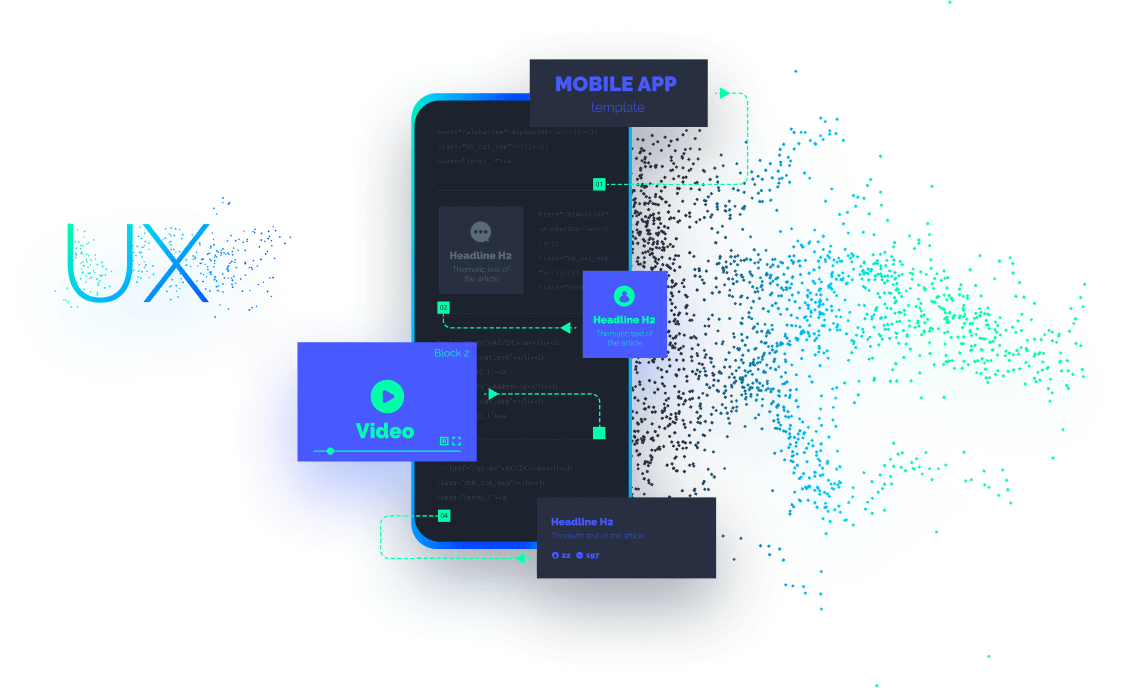
Read more

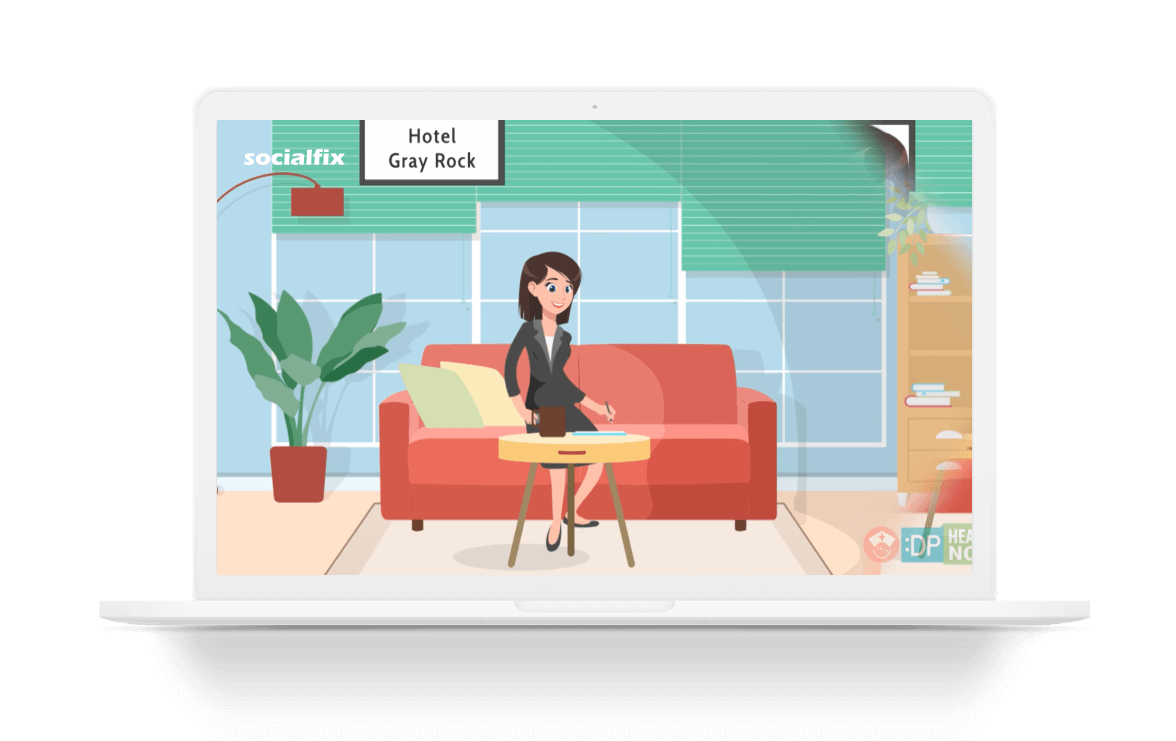
Read more


Read more

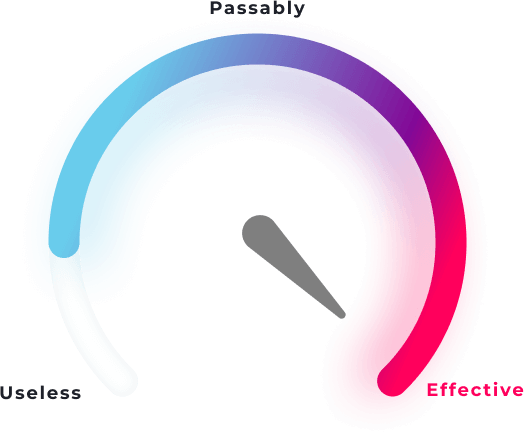
Read more


Read more


Read more


Read more

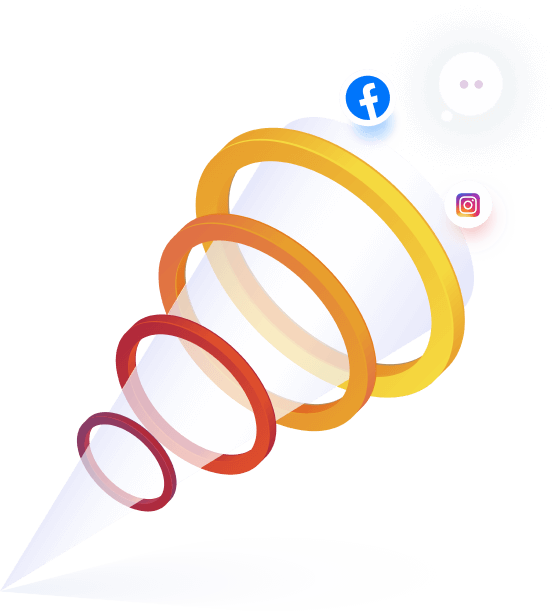
Read more


Read more


Read more











The Live Music Capital of the World. A city to celebrate and enjoy slow-roasted meats, breakfast tacos, and some of the best food trailers ever. The mecca for intellectuals and academics, artisans and artists, filmmakers and musicians, tech-savvy wizards, and culinary creativity. A city of many faces, honoring the past, embracing the present, and charting the future. From live music, outstanding food, and architectural highlights to friendly locals, Austin is by far one of our favorite cities to work and innovate and ignite the digital growth potential of local businesses.
See all projects

Brands We Work With


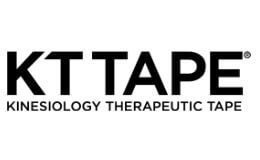


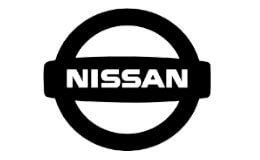
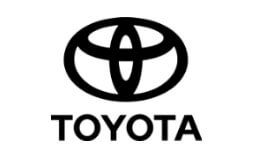

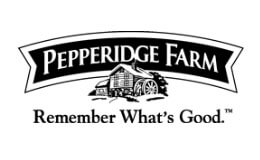

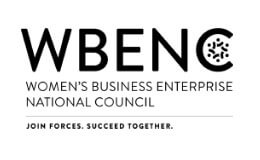






 Clutch Names Socialfix Media as a Leading 2021 Global Provider of Content Marketing
Awards & Press
Clutch Names Socialfix Media as a Leading 2021 Global Provider of Content Marketing
Awards & Press
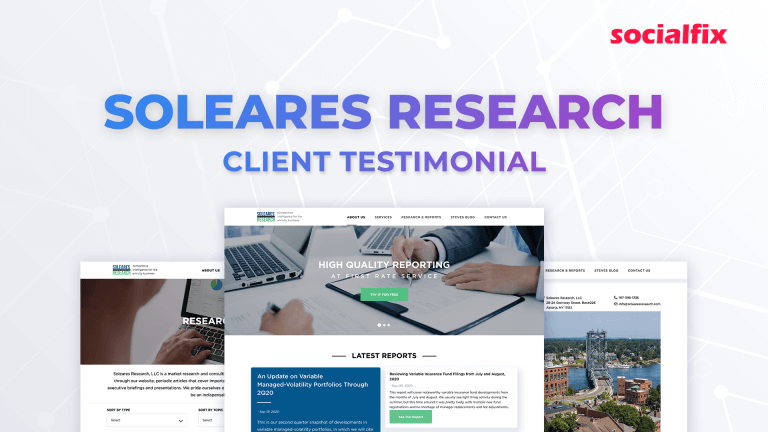 Socialfix Forms a New & Exciting Partnership with Soleares Research
Awards & Press
Socialfix Forms a New & Exciting Partnership with Soleares Research
Awards & Press
 Socialfix Media Gets Featured in Clutch’s Top 1000 List of Global B2B Leaders
Awards & Press
Socialfix Media Gets Featured in Clutch’s Top 1000 List of Global B2B Leaders
Awards & Press
 Socialfix Media Leads New York’s Content Marketing Space on Clutch Leaders Awards
Awards & Press
Socialfix Media Leads New York’s Content Marketing Space on Clutch Leaders Awards
Awards & Press
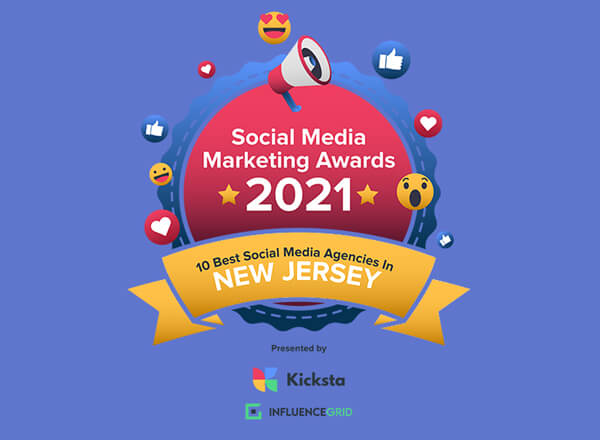 Socialfix Named Top Social Media Agency in the USA
Awards & Press
Socialfix Named Top Social Media Agency in the USA
Awards & Press
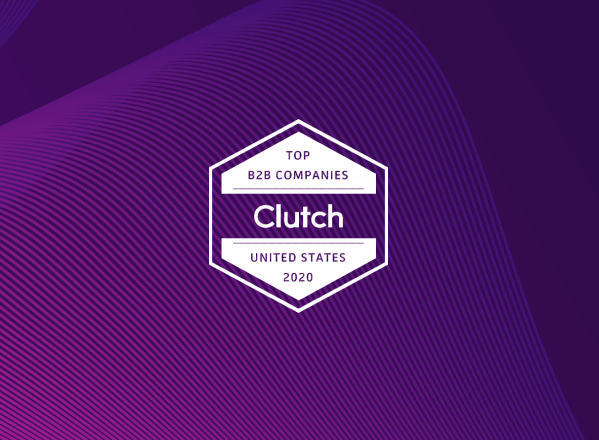 Socialfix Media – Top-Rated B2B Marketing Agency in 2020
Awards & Press
Socialfix Media – Top-Rated B2B Marketing Agency in 2020
Awards & Press
 Socialfix Media Named Inc. 5000 Fastest-Growing Private Companies in America in 2020
Awards & Press
Socialfix Media Named Inc. 5000 Fastest-Growing Private Companies in America in 2020
Awards & Press
 Socialfix Media Named Best Workplace for 2020 on INC. Magazine’s Annual List of Top Companies
Awards & Press
Socialfix Media Named Best Workplace for 2020 on INC. Magazine’s Annual List of Top Companies
Awards & Press
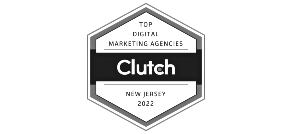
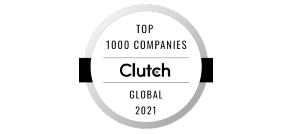
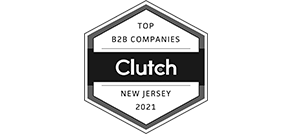
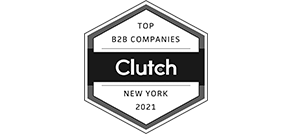
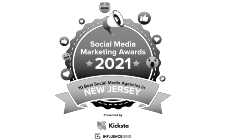
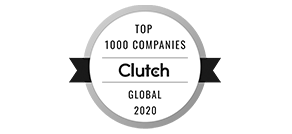

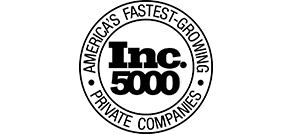















Email marketing automation generally works for large businesses and marketers who regularly send bulk messages. Even if you are a small or medium-sized business, you can use automation tools to send welcome, abandoned cart, and promotional emails and newsletters and automatic replies to complaints.

The main email marketing KPIs you should focus on include click-to-open and click-through rate, bounce and unsubscribe rate, and number of emails opened and delivered. Key indicators to pay attention to also include social shares, spam complaints, conversions, and forwards.

Email abuse is the practice of sending unsolicited messages to advertise a product or service. This can happen when someone has purchased an email list and is sending bulk messages irrespective of whether content is requested or wanted. Email marketing can also be abused by hackers stealing someone else’s account details and sending unsolicited or harassing messages.

Schools and universities can put email marketing to good use, like sharing latest news and providing recruits, alumni, current students, and teaching staff with important information and updates. Sending welcome orientation emails is also a good strategy to engage with students, especially freshmen or exchange students. When it comes to feedback emails, this is a valuable tool for any educational establishment, offering insights into how students feel and how to improve the classroom experience.

Customer segmentation, email personalization, timing, offering freebies, and sending mobile-friendly messages are all ways to grow your audience and scale your eCommerce business. There are different ways to segment customers: by position in the sales funnel, past purchase, email engagement, or demographics. Segmentation helps marketers identify the most profitable or invested customers, create relevant content for specific groups, and personalize the customer experience. Offering freebies like demos or samples is also a great tactic, especially when it comes to reaching out to and tempting existing customers. Besides, it shows that your company is generous.

Restaurant owners can use email marketing to offer promotional deals, give away a free meal, market gift cards, or announce new menu items or seasonal specials. Giving away a free meal, for example, is a great way to grow your subscriber list. Free giveaways encourage social sharing and besides, people are willing to share their personal information for the chance to win. Announcing new menu items is also a way to spark interest, especially if you couple it with an exclusive discount or some sort of a free sample.

If you are new to email marketing, you need to set clear and measurable goals first. A few examples might be expanding your subscriber list by 10 percent in 6 months or increasing your click-through rate by 20 percent in 6 months. The next step is to write an engaging email copy. Keep things short, simple, and to the point, avoid salesy phrases and industry jargon, and include just one idea per paragraph. Third you will need to create an email list, and there are different ways you can go about this. You can create a pop-up survey and share it on your website, showcase your newsletter on social media, or add more landing pages and share your call to action on each page. Proofread you copy before it goes out and monitor your email campaign to measure results.

For nonprofits, there are some great strategies to reach out to more donors and increase giving. If you are a nonprofit, one thing you can do is segment donors into categories by gender, location, industry, and educational level. Additionally, you can segment them by giving method and communication preferences, returning vs. first-time donor, and giving frequency and size of gift. This will help you to boost engagement as segmentation allows sending more personalized communications.
You also want to feature success stories as a way of driving giving. Storytelling is a powerful tool in marketing, making it easier for people to become emotionally invested.

If you are a realtor, you need to prove you are an expert in the local market. A great way to do this is to create an email newsletter to share up-to-date information, including any marketing updates regarding local zoning issues, the best neighborhoods in the area, average home prices, or recently sold properties. You may also share neighborhood information such as schools and hospitals in the area or home improvement or mortgage or tax advice.

Email marketing can help small businesses reach new customers and grow their customer base and sales. To launch a successful campaign, however, it is important to build an email list first. You can do this by adding a signup form to your social media page or website. Depending on your niche, you need to choose the right type of email for your audience, whether transactional or promotional emails or personalized coupons or discounts. It also pays to segment your audience by email engagement, brand loyalty, purchase history, and demographics so that you can create targeted content. Finally, you want to analyze your campaign performance and metrics such as conversion, click-through, and open rate.

The highest open rate is during typical work hours. Research by Campaign Monitor shows that 53 percent of all opens occur between 9am and 5pm. More people (24 percent) check their email after work (between 6pm and 11pm) than before work (between 12am and 8am). The least opens occur at lunchtime (7 percent).

While email marketing is certainly an effective strategy to grow your business, there are some mistakes you should avoid, like using cliché language, making heavy use of images, and over-automation. Try not to use sales-heavy language and phrases like “once-in-a-lifetime opportunity”, “customer-oriented”, and “superior quality”. Also, while automated marketing offers many benefits, it can feel annoying or impersonal, especially if you sent too many messages.

Yes, you can do email marketing without a website and what is more important, you can do it effectively and to your business advantage. For instance, you can send users to your Facebook, LinkedIn, or Instagram page where you regularly share product photos or videos, run contests, or offer exclusive discounts or coupons to followers. Second, you can send newsletters to keep customers updated about your business, like major announcements or upcoming events or sales. Third, if you are selling your products on Etsy or eBay, you can send customers a link showcasing your offerings or storefront.

While not all tools are created equal, the type of software that works best for you depends on what functionalities you need. If you often send large amounts of emails, for example, you will need a tool that can either aggregate recipient responses into tickets or send automated responses. Also, if you need to create a hyper-targeted campaign, look for tools that allow you to segment your subscriber list into categories. This way you can suggest specific services and products by past purchases, gender, etc.

As a rule, when emails are sent in bulk and are unsolicited, this is considered spam. Unsolicited messages classify as spam when they are sent irrespective of context and recipient identity and when the user has not granted permission to receive emails. Bulk means that a message is sent to a long list of hundreds or thousands of users at the same time. Invitations, coupons, updates, newsletters, and marketing messages are often sent in bulk. When businesses send marketing information or their newsletter in bulk, targeting users who didn’t sign up, they are officially spamming recipients.

Whether a particular marketing service works for you depends on factors such as your budget, whether you need additional tools, ease of use, etc. When comparison shopping, it is a good idea to ask services for their portfolio and pricing and inquire about the tools they use to create, run, personalize, and monitor campaigns. Some services also offer the option to send automated welcome, recent purchase, abandoned cart, and anniversary and birthday emails. Also, you may benefit from audience segmentation which allows you to target customers on your list by demographics, product usage, and historical interaction with your business.

Inbound marketing relies on content channels and social media to generate organic interest. Outbound marketing, on the other hand, uses strategies such as email newsletters, cold calling, PPC and social media advertising, and industry events and trade shows.
Email marketing is considered inbound when the goal is to grow interest organically, i.e. by offering engaging or informative content that users want to see. Examples here are curated, welcome, promotion, and back in stock emails. While email marketing is not typically considered outbound, it can be used to reach out to potential customers who have not signed up or opted into communication.

While it is not a ranking factor for Google, businesses can use email marketing to engage with customers and drive qualified traffic to their website. There are plenty of good ways to put email marketing to good use and help SEO such as encouraging subscribers to share content, using relevant keywords, and asking visitors to leave reviews. Positive reviews are especially important for small local businesses as feedback is a major ranking factor in local search engine optimization.

Competition can be tough in the world of eCommerce given the sheer number of retailers offering products online. In such a crowded digital marketspace, businesses must attract shoppers through a variety of channels and strategies. Email marketing, in particular, is an effective and cost-efficient way to engage with online audiences and generate leads. It also allows brands to identify and target active customers who are interested in the products they are selling. Added benefits are improved brand awareness, low cost, and higher conversion rates with segmentation.

Email marketing is a promotional strategy used by businesses to boost customer loyalty and advertise their products or services. Common email marketing types are brand story, welcome, re-engagement, dedicated, transactional, sponsorship, and lead nurturing emails. Each has its own unique advantages and uses. Welcome emails, for example, have some of the highest click-through and open rates and help businesses form a relationship when done right. Dedicated emails offer information about only one product or service and are easy to track progress and measure results.
See More













Find out which email marketing tactics and strategies are best for your brand

Email marketing is consistently reported as one of the best strategies to get high ROI. Data by Campaign Monitor reveals that email generates $38 for every dollar spent. It allows businesses to reach engaged audiences, deliver personalized, targeted messages, and ultimately improve sales.
The big question is how do you stand out from the crowd in a sea of marketing saturation? Here are some of the top email marketing strategies to get your business off to a good start.
- Use Personalization Fields
Personalization involves the use of data that you have about an individual subscriber, including location, gender, and name. This is a proven technique to generate positive ROI and revenue. A report by Invespcro shows that personalized email has 41 percent higher click rates and 29 percent higher open rates than non-personalized messages.
- Optimize Your Sending Schedules
Sending emails at the right time allows businesses to reach more people and improve their click-through rate. Here the most important thing is to get to know your target customers and test your sending schedule to find the best times for your audience.
- Analyze Email Performance Metrics
Tracking performance metrics is one way to measure whether email marketing is helping you to reach your goals. The most important metrics to pay attention to are the bounce, conversion, click-through, and open rate. Other performance metrics you should be watching are:
- List growth rate
- Number of unsubscribes
- Mobile open and click rate
- Email sharing rate
- Revenue per email
- Overall ROI
- Engagement over time
- Employ Automation Tools
Automation tools enable marketers to segment customers based on location, cookies, inactivity, activity, and other data. Automation allows you to create targeted campaigns using a specific blog category, feature page, or checkout page that users are visiting. Basically, such tools help you reach the right people and deliver the right message.
- A/B Split Test Everything to Inform Best Practices
A/B split testing is a type of marketing experiment whereby you split your target audience and test two or more versions to find out what works best. In the context of email marketing, split testing involves using different templates, sending multiple variations of your email and subject line, or adding different imagery to see what drives higher conversions.
- Create Actionable Content
From the subject line and salutation to the call to action, you need to come up with content that is powerful, engaging, crisp clear, and to the point. Email content needs to be eye-catching, personalized, and visually pleasing to grab attention.
To create content that speaks to the readers, you want to get to know your audience. Consider their values, attitudes, interests, lifestyle, purchase history, and knowledge about the subject. The idea behind customer segmentation is to engage users with more personalized, targeted, and relevant emails.
- Work with Email Marketing Agencies
Professional email marketing agencies help businesses generate more leads and positive ROI with targeted campaigns. Common email marketing types that agencies specialize in are brand story, lead nurturing, dedicated, welcome, and product update or re-engagement emails.
Whatever the content format, working with a marketing agency is a way to increase leads, up-sells, referrals, and sales and booked jobs. Marketing teams have the experience and tools to help you with audience and market research, lead funnel and landing page creation, promotions and newsletters, and content creation and email design. They can also help you build your brand and reach, get quicker results, and ultimately increase your bottom line.
Summing Up
There is plenty that you can do to get the most of your marketing efforts, from personalization and schedule optimization to performance metrics analysis. Always test what works best for your business and product to fine-tune your strategy. This will save you all sorts of troubles, from bounces and unsubscribes to getting your emails flagged as spam.



